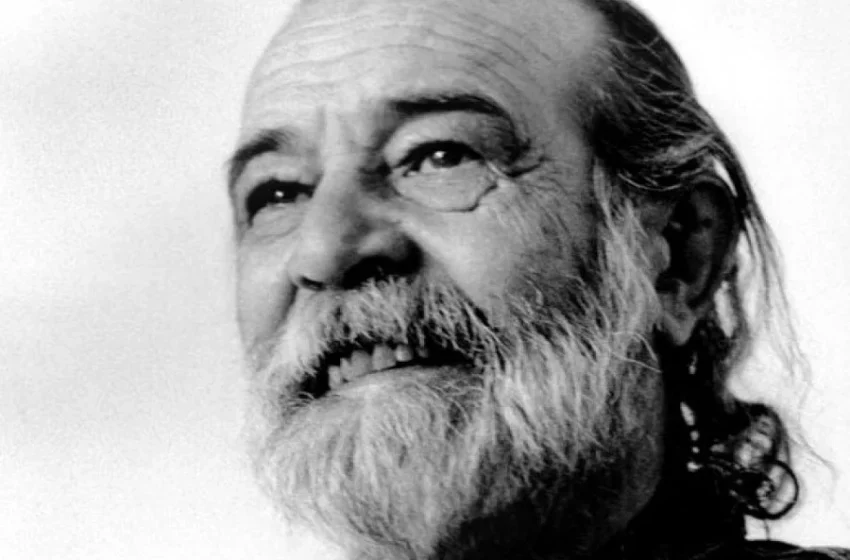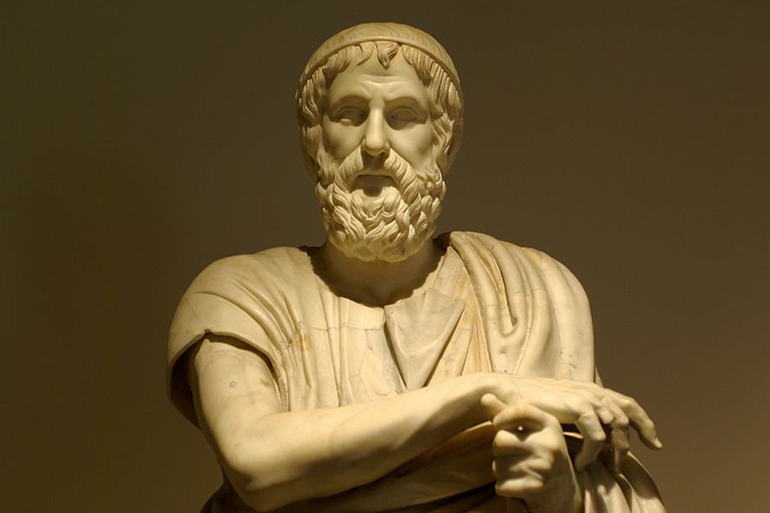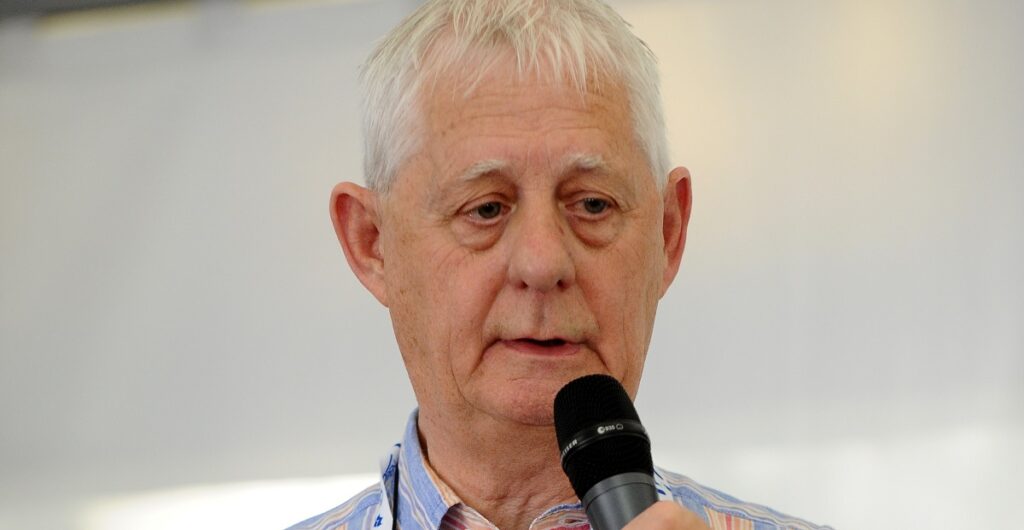Alberto Korda Quotes

Early Life and Inspiration
Rise to Prominence
Alberto Korda was born on September 9, 1928, in Buenos Aires, Argentina. His early life was marked by a strong sense of social justice and a passion for photography.
Korda’s father was a wealthy businessman who had made his fortune in the textile industry, but his family’s wealth did not shield him from the harsh realities of life under military rule in Argentina during World War II.
At a young age, Korda was exposed to the struggles of the working class and became aware of the need for social change. This sense of purpose would stay with him throughout his life and shape his work as a photographer.
Korda’s interest in photography began when he was just 12 years old, after being given a camera by his father as a gift. He quickly developed a talent for capturing the beauty and drama of everyday life.
In his teenage years, Korda became involved with a group of young photographers who were experimenting with new techniques and styles. They would often gather to share their work and discuss the latest developments in photography.
Korda’s early work was heavily influenced by his experiences as a teenager in Buenos Aires. He documented the lives of working-class people, capturing their struggles and triumphs in vivid and powerful images.
As he entered adulthood, Korda’s style became more refined and nuanced. He began to focus on documenting the human cost of war and social upheaval, using his camera as a tool for telling important stories and raising awareness about critical issues.
Korda’s rise to prominence as a photographer was gradual but steady. His work was exhibited in galleries and museums around the world, and he became known for his unique perspective and technical skill.
In 1967, Korda’s photograph “Guerrillero Heroico” (Heroic Guerrilla) of Che Guevara was published on the front page of Granma, Cuba’s national newspaper. The image would go on to become an iconic symbol of revolution and social change around the world.
Over time, Korda continued to work tirelessly as a photographer, using his camera to tell stories that needed to be told and raise awareness about issues that mattered most to him.
Korda’s legacy extends far beyond his individual photographs. He inspired generations of photographers and artists, leaving behind a body of work that continues to inspire and educate people around the world.
Korda’s career began in Buenos Aires, where he was influenced by the works of Pablo Picasso and Diego Rivera. He started his professional life as a photojournalist during the 1940s and quickly gained recognition for his portraits.
Korda’s early life and inspiration played a significant role in shaping his career as a renowned photographer. Born and raised in Buenos Aires, he was exposed to various artistic influences that would later shape his work.
During his formative years, Korda was particularly drawn to the works of Pablo Picasso and Diego Rivera, two prominent artists who had left an indelible mark on the art world. Picasso’s pioneering work in Cubism and Rivera’s bold socialist realism not only captivated Korda but also instilled in him a deep appreciation for artistic innovation.
As he transitioned from his early influences to professional life, Korda embarked on a journey that would lead him to become one of the most celebrated photographers of the 20th century. The 1940s marked the beginning of Korda’s career as a photojournalist, during which he demonstrated an innate ability to capture the essence of his subjects.
His portraits from this period garnered recognition not only for their technical excellence but also for their profound insight into the human experience. Korda’s unique perspective and creative vision enabled him to transcend the conventional boundaries of photography and produce works that were both deeply personal and universally relatable.
Iconic Photography and Impact
The “Guerrillero Heroico” Photograph
The “Guerrillero Heroico” photograph, taken by Alberto Korda in 1960, is one of the most iconic images in photography history.
Taken on March 5, 1960, during a memorial service for Cuban nationalist José Martí, the image has become synonymous with revolution and socialism.
The photograph depicts Che Guevara, a key figure in the Cuban Revolution, with his eyes closed as if lost in thought.
Korda’s photograph captured a moment of profound introspection, one that would have far-reaching consequences for the world to come.
According to Korda, he took only two photographs that day: this one and another of Guevara looking out at the sea.
The “Guerrillero Heroico” photograph was not published until 1967, when it appeared on the cover of a book by Argentine journalist Alberto Granado titled “Che Guevara: Una biografía.”
It wasn’t long before the image became an iconic representation of revolution and socialism.
The image has been reproduced countless times, and its influence can be seen in art, fashion, politics, and popular culture.
In 1995, the photograph was declared a cultural icon by the Argentine government, which recognized it as “a symbol of freedom and rebellion.”
Korda’s photograph has become an integral part of our shared visual vocabulary.
It serves as a reminder that images can have a profound impact on our perceptions of reality and shape our understanding of the world around us.
The “Guerrillero Heroico” photograph is more than just an image – it’s a powerful symbol of rebellion, freedom, and resistance.
In Korda’s own words: “The photograph was not intended to be a portrait; it was meant to capture a moment of great intensity.”
Korda’s photograph of Che Guevara, titled ‘Guerrillero Heroico’, taken in 1960, has become an iconic representation of the Cuban revolutionary. It is widely regarded as one of the most influential photographs of the 20th century.
Iconic photography has the power to capture a moment in time and convey it to the world, often leaving a lasting impact on the viewer.
The photograph ‘Guerrillero Heroico’, taken by Alberto Korda in 1960, is an exemplary representation of this phenomenon.
Taken during a rally for Cuban leader Fidel Castro’s brother Raúl, who had just returned from a trip abroad, the photograph captures Che Guevara in a moment of introspection and contemplation.
The image has been widely reproduced and referenced in popular culture, with its influence extending far beyond the realm of photography.
It has become an iconic representation of the Cuban revolutionary and his ideals, symbolizing the struggle for socialism and equality that Che Guevara embodied.
The impact of this photograph cannot be overstated: it has inspired countless works of art, music, and literature; it has been used as a symbol of rebellion and resistance around the world; and it continues to evoke strong emotions in those who view it.
Today, ‘Guerrillero Heroico’ is widely regarded as one of the most influential photographs of the 20th century, and its enduring power is a testament to the lasting impact that great photography can have on our collective consciousness.
Key Factors Contributing to the Photograph’s Impact:
- Che Guevara’s charisma and presence
- The powerful and enigmatic expression he conveys in the photograph
- The sense of introspection and contemplation that pervades the image
- The historical context in which it was taken, capturing a moment of great change and upheaval
Legacy and Cultural Significance:
‘Guerrillero Heroico’ has become an integral part of our shared cultural heritage, symbolizing the ideals of revolution and resistance that continue to inspire people around the world.
The photograph serves as a reminder of the enduring power of great art and photography to capture the essence of a moment in time and convey it to future generations.
Legacy and Cultural Significance
Cultural Impact and References
The image of Che Guevara taken by Alberto Korda has transcended its original purpose as a news photo to become an iconic representation of revolutionary ideology and a symbol of cultural significance. The photograph, known as “Guerrillero Heroico,” was captured in 1960 during a funeral procession for the victims of a plane crash that had occurred earlier that day. Che Guevara, who was not among the deceased, was in attendance to pay his respects.
The image’s cultural impact can be seen in its widespread use and adaptation in various contexts. The photo has been reproduced millions of times on countless products such as t-shirts, posters, and even tattoos. It has also been used as a logo or emblem by various organizations and institutions, often with little regard for the original context or meaning.
One reason for the image’s enduring popularity is its ability to represent abstract ideas in a visual form that transcends language barriers. The photograph’s iconic status can be attributed to Korda’s skillful composition, which creates a sense of dynamic movement and energy through the placement of Che Guevara’s body at an angle. This unconventional pose conveys a sense of tension and urgency, drawing the viewer into the scene.
The image has also been subject to various interpretations and misinterpretations over the years. Some have seen it as a symbol of communism or socialism, while others view it as a representation of rebellion or nonconformity. This multiplicity of meanings reflects the complexities of Che Guevara’s legacy, which is not limited to his revolutionary activities but extends to his personal philosophy and charisma.
Korda’s photograph has also been the subject of numerous parodies and pastiches in art, film, and music. For example, a 1976 album cover by the band The Clash features a photo of a smiling Che Guevara with his eyes replaced by dollar signs, poking fun at the image’s use as a symbol of rebellion.
Another example can be found in the 1998 film “The Sandinistas,” where an American businessman (played by Paul Rudd) wears a T-shirt with the image emblazoned on it, symbolizing his attempts to capitalize on the revolutionary fervor without truly understanding its context or significance.
In conclusion, Alberto Korda’s photograph of Che Guevara is more than just an iconic representation of revolution; it has become a cultural touchstone that continues to be interpreted and reinterpreted in various contexts. Its enduring popularity reflects the complexities of Che Guevara’s legacy, which remains relevant today as a symbol of resistance against oppressive regimes and social injustices.
Korda’s work has been referenced and parodied in various forms of media, including film, literature, and art. His photograph has also been subject to numerous reproductions and reinterpretations.
Korda’s work has had a profound impact on popular culture, transcending its original intention as a powerful image of Cuban leader Che Guevara. His photograph has been widely referenced and parodied in various forms of media, including film, literature, and art. This widespread use can be seen as an indication of the enduring legacy and cultural significance of Korda’s work.
The image has become a potent symbol of rebellion, revolution, and socialism, resonating with people from diverse backgrounds and ideologies. Its ability to evoke strong emotions and associations reflects the power of visual representation in conveying complex ideas and values. Korda’s photograph has been used to convey messages of resistance, freedom, and solidarity, often serving as a powerful tool for social commentary and critique.
The numerous reproductions and reinterpretations of Korda’s work can be seen as a testament to its cultural significance. The image has been rephotographed, digitized, and recontextualized in various forms, often with the intention of conveying new meanings or perspectives. This process highlights the malleability of visual culture and the ways in which images can be reinterpreted and reused to serve different purposes.
Korda’s photograph has also been subject to various forms of parody, including the creation of pastiches, spoofs, and ironic reinterpretations. This type of creative engagement with his image reflects the way in which popular culture often relies on reference and allusion to create new meanings and humor. By building upon existing cultural touchstones like Korda’s photograph, artists and creators can tap into a shared cultural vocabulary and engage audiences in fresh and innovative ways.
The continued relevance of Korda’s work in contemporary culture serves as a reminder of the power of images to transcend their original context and speak to broader issues and values. His photograph has become an icon of revolution and rebellion, its meaning open to interpretation and reinterpretation by successive generations.
In conclusion, Korda’s work has left a lasting impact on popular culture, with his photograph serving as a powerful symbol of social change and revolutionary ideals. Its enduring legacy reflects the significance of visual representation in conveying complex ideas and values, while its widespread use demonstrates the malleability of cultural symbols and icons.
- Activists Quotes - October 16, 2024
- Activist Quotes - October 16, 2024
- Activities Quotes - October 16, 2024



